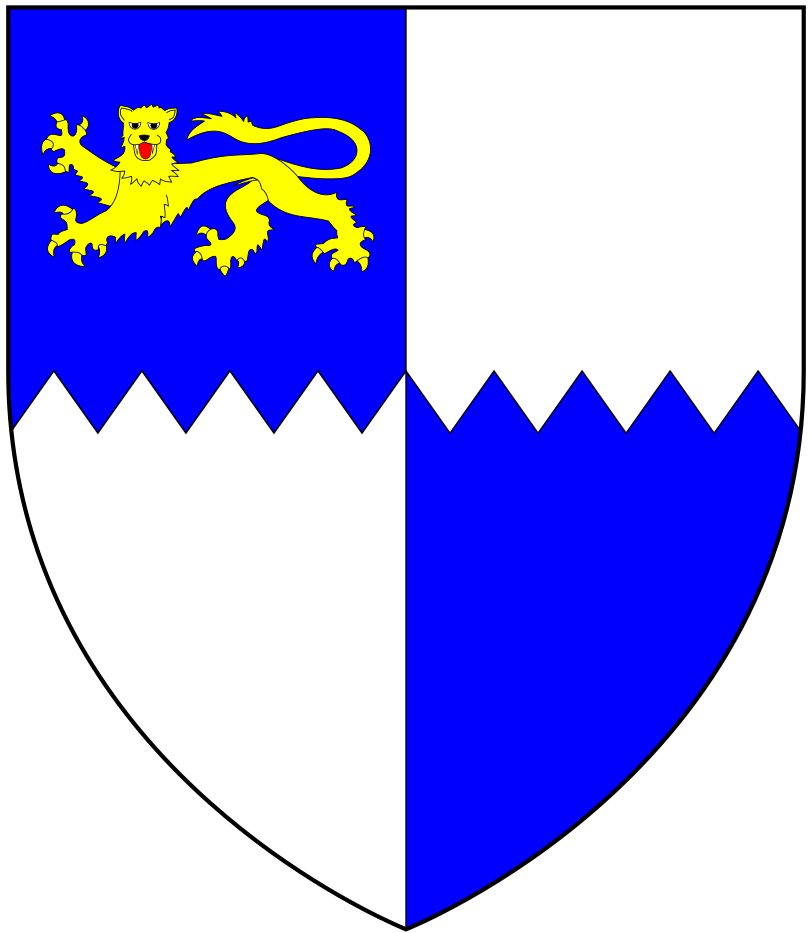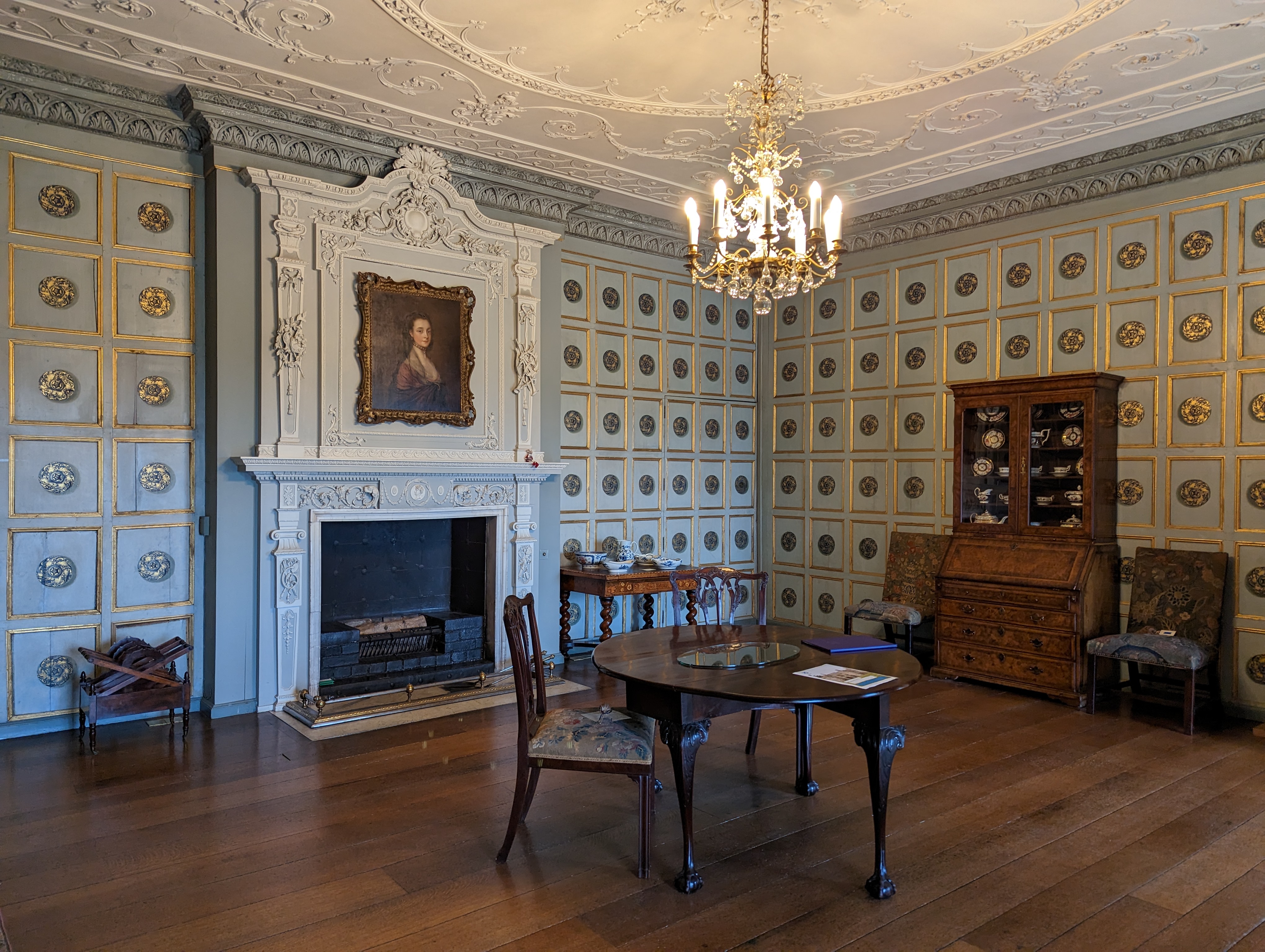|
Sir John Croft, 4th Baronet
Sir John Croft, 4th Baronet, was the son of Sir Archer Croft, 2nd Baronet and Frances Waring. He died at Bath, Somerset on 4 December 1797, without legitimate issue. Baronetage He succeeded to the title of 4th Baronet Croft, of Croft Castle Croft Castle is a English country house, country house in the village of Croft, Herefordshire, Croft, Herefordshire, England. Owned by the Croft family since 1085, the castle and estate passed out of their hands in the 18th century, before bei ..., County Hereford on 30 November 1790 upon the death of his brother, Sir Archer Croft, 3rd Baronet Croft, who had died without male issue. References External links * 1797 deaths Baronets in the Baronetage of England Year of birth missing {{England-baronet-stub ... [...More Info...] [...Related Items...] OR: [Wikipedia] [Google] [Baidu] |
Sir Archer Croft, 2nd Baronet
Sir Archer Croft, 2nd Baronet (c. 2 March 1683 – 10 December 1753), of Croft Castle, near Leominster, Herefordshire, was a British politician who sat in the British House of Commons, House of Commons from 1722 to 1734. Early life Croft was the eldest son of Sir Herbert Croft, 1st Baronet and his wife Elizabeth Archer, daughter of Thomas Archer, MP of Umberslade, Warwickshire. He matriculated at New College, Oxford on 15 April 1702. In 1720 he succeeded to the Croft baronets, baronetcy on the death of his father on 3 November. He married Frances Waring, daughter of Brigadier-General Richard Waring of Dunston Park, Berkshire on 10 January 1723. Career Croft stood unsuccessfully for Leominster (UK Parliament constituency), Leominster at the 1713 British general election. He was returned as Member of Parliament for Leominster at the top of the poll at the 1722 British general election. On the death of King George I in 1727 he expected Walpole to be ousted by Sir Spencer Compt ... [...More Info...] [...Related Items...] OR: [Wikipedia] [Google] [Baidu] |
Bath, Somerset
Bath (Received Pronunciation, RP: , ) is a city in Somerset, England, known for and named after its Roman Baths (Bath), Roman-built baths. At the 2021 census, the population was 94,092. Bath is in the valley of the River Avon, Bristol, River Avon, west of London and southeast of Bristol. The city became a UNESCO World Heritage Site in 1987, and was later added to the transnational World Heritage Site known as the "Great Spa Towns of Europe" in 2021. Bath is also the largest city and settlement in Somerset. The city became a spa with the Latin name ' ("the waters of Sulis") 60 AD when the Romans built Roman Baths (Bath), baths and a temple in the valley of the River Avon, although List of geothermal springs in the United Kingdom, hot springs were known even before then. Bath Abbey was founded in the 7th century and became a religious centre; the building was rebuilt in the 12th and 16th centuries. In the 17th century, claims were made for the curative properties of water ... [...More Info...] [...Related Items...] OR: [Wikipedia] [Google] [Baidu] |
Croft Castle
Croft Castle is a English country house, country house in the village of Croft, Herefordshire, Croft, Herefordshire, England. Owned by the Croft family since 1085, the castle and estate passed out of their hands in the 18th century, before being repurchased by the family in 1923. In 1957 it was bequeathed to the National Trust. The castle is a Listed building, Grade I listed building, and the estate is separately listed as Grade II*. The adjacent Church of St Michael is listed Grade I. History A building has been on the site from c.1085 when the estate was established by the Croft family. and it has from this time been the home of the Croft family and Croft baronets. The Croft family were closely linked to their neighbours the Mortimers of Wigmore, Herefordshire, Wigmore and Ludlow. The Battle of Mortimer's Cross took place on Croft land nearby in 1461. It was the home of Sir John de Croft who married Janet, one of Owain Glyndŵr's daughters. In the 15th century, the Croft fami ... [...More Info...] [...Related Items...] OR: [Wikipedia] [Google] [Baidu] |
County Hereford
A county () is a geographic region of a country used for administrative or other purposesL. Brookes (ed.) ''Chambers Dictionary''. Edinburgh: Chambers Harrap Publishers Ltd, 2005. in some nations. The term is derived from the Old French denoting a jurisdiction under the sovereignty of a count (earl) or, in his stead, a viscount (''vicomte'').C. W. Onions (Ed.) ''The Oxford Dictionary of English Etymology''. Oxford University Press, 1966. Literal equivalents in other languages, derived from the equivalent of "count", are now seldom used officially, including , , , , , , , and Slavic languages, Slavic ''Župa, zhupa''; terms equivalent to 'commune' or 'community' are now often instead used. When the Normans conquered England, they brought the term with them. Although there were at first no counts, ''vicomtes'' or counties in Anglo-Norman England, the earlier Anglo-Saxons did have earls, sheriffs and shires. The shires were the districts that became the historic counties of England ... [...More Info...] [...Related Items...] OR: [Wikipedia] [Google] [Baidu] |


